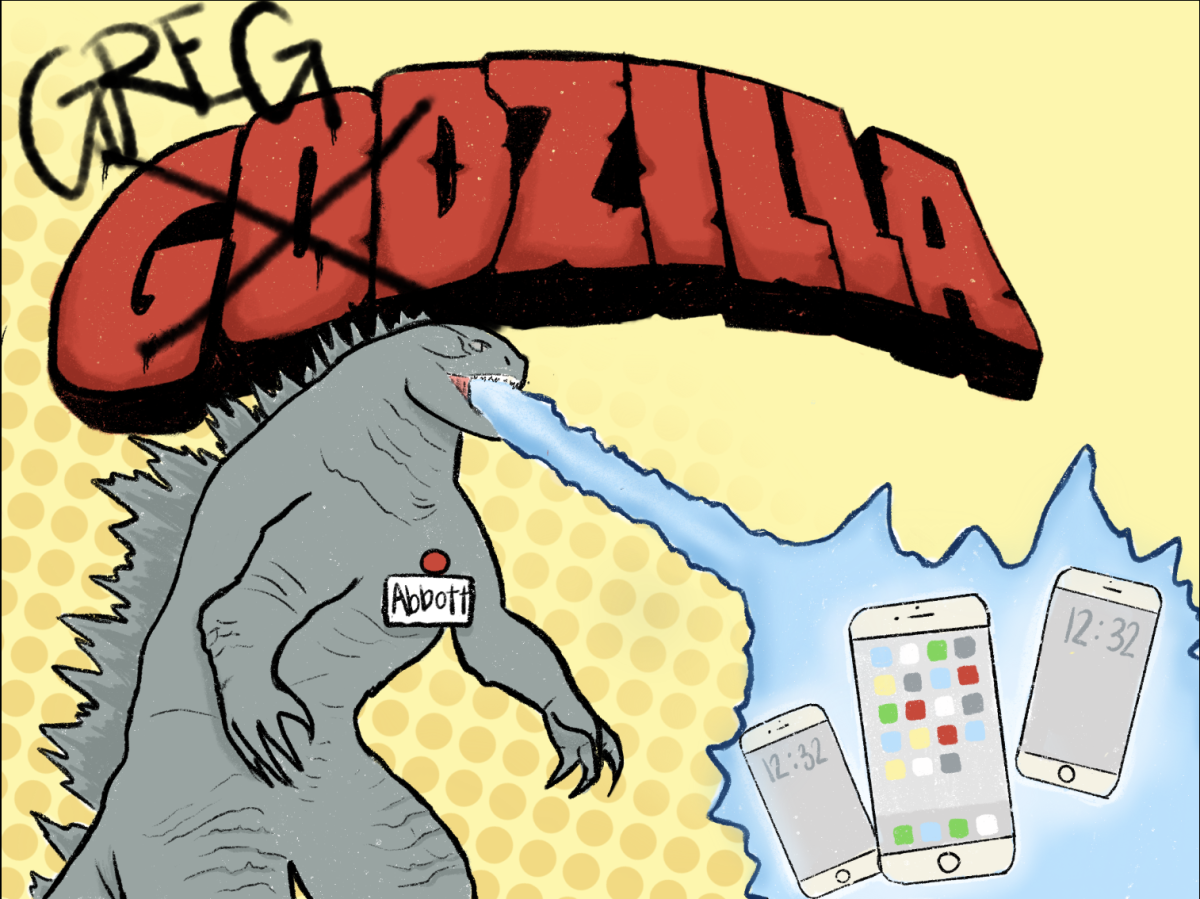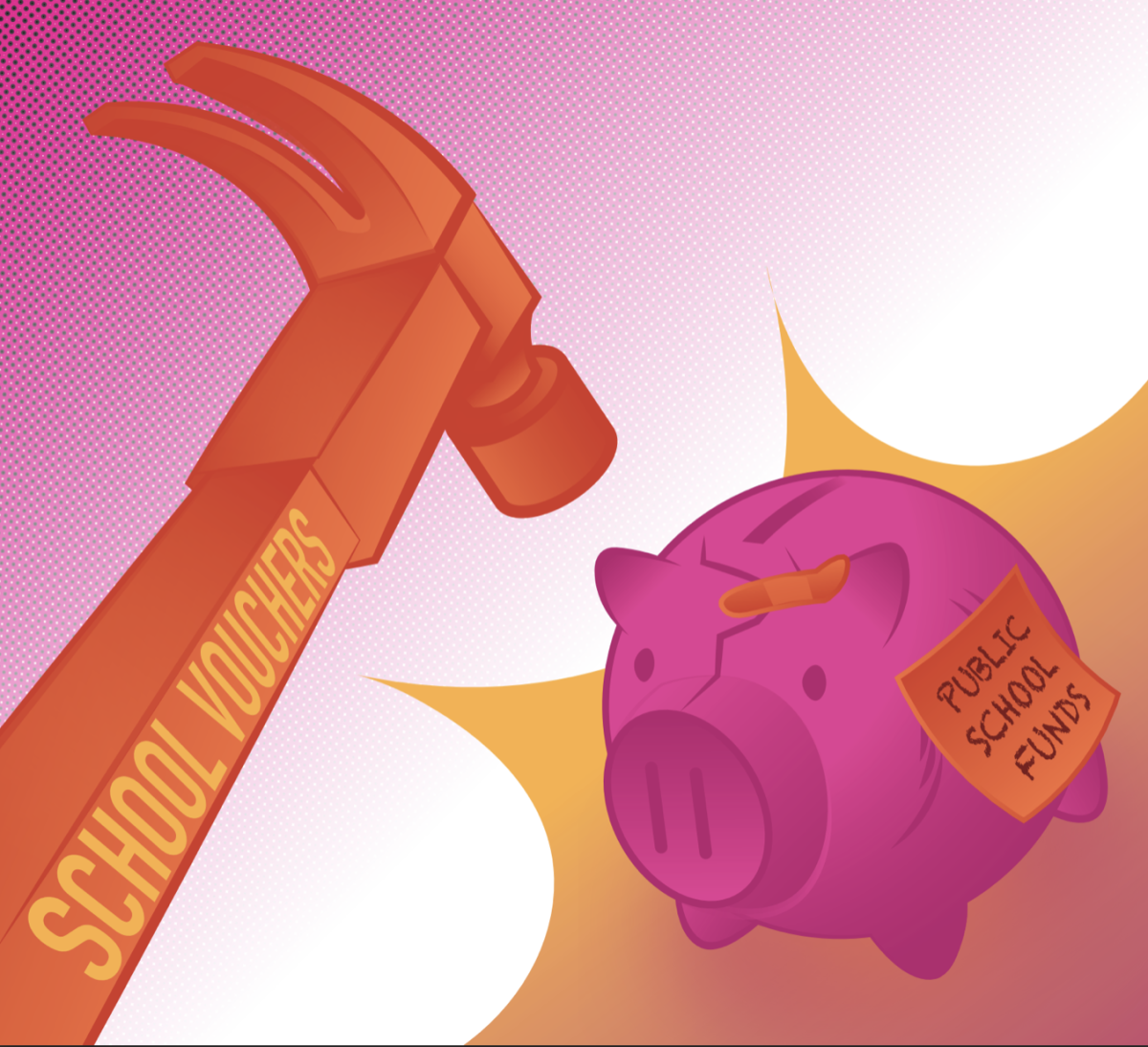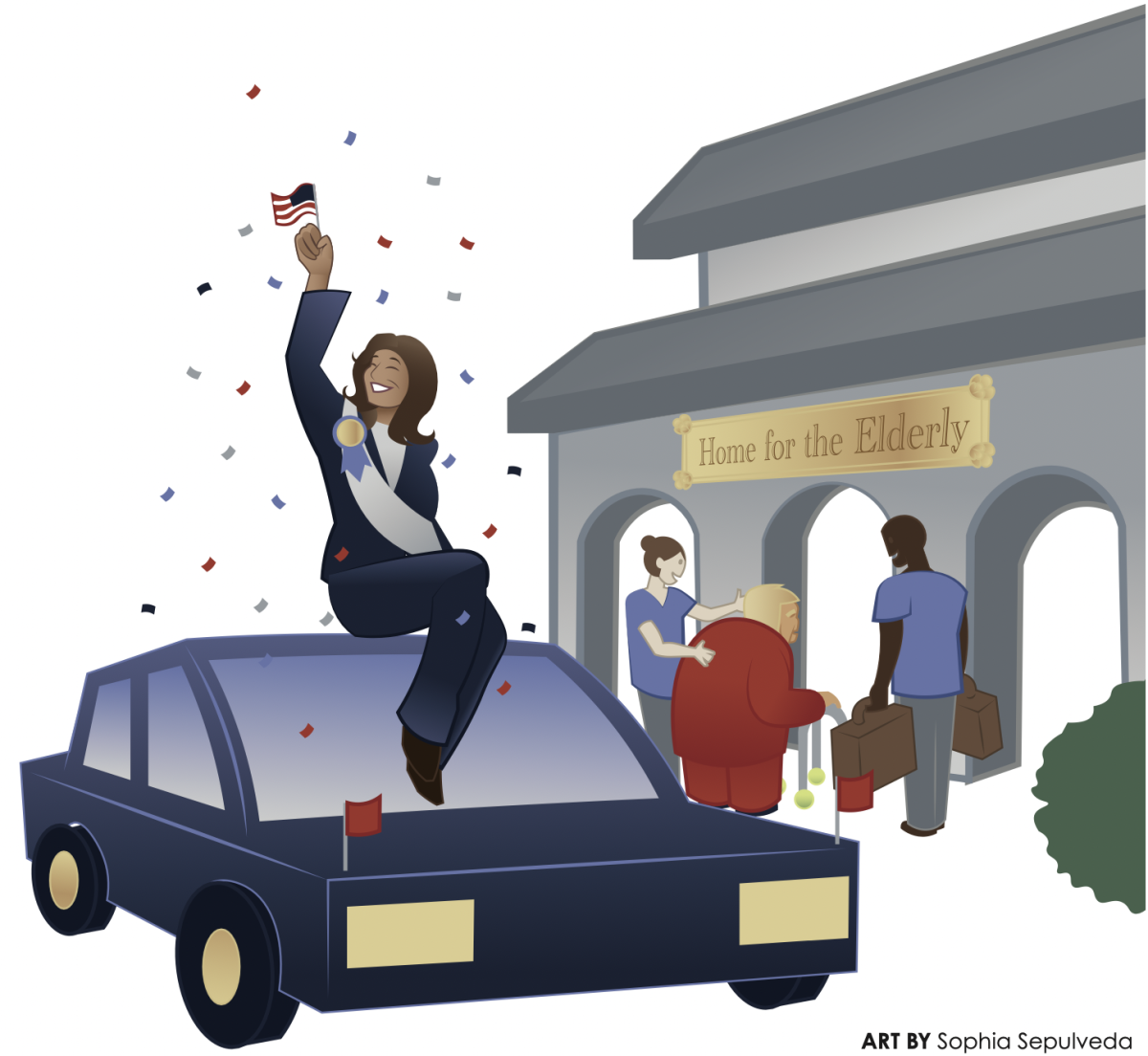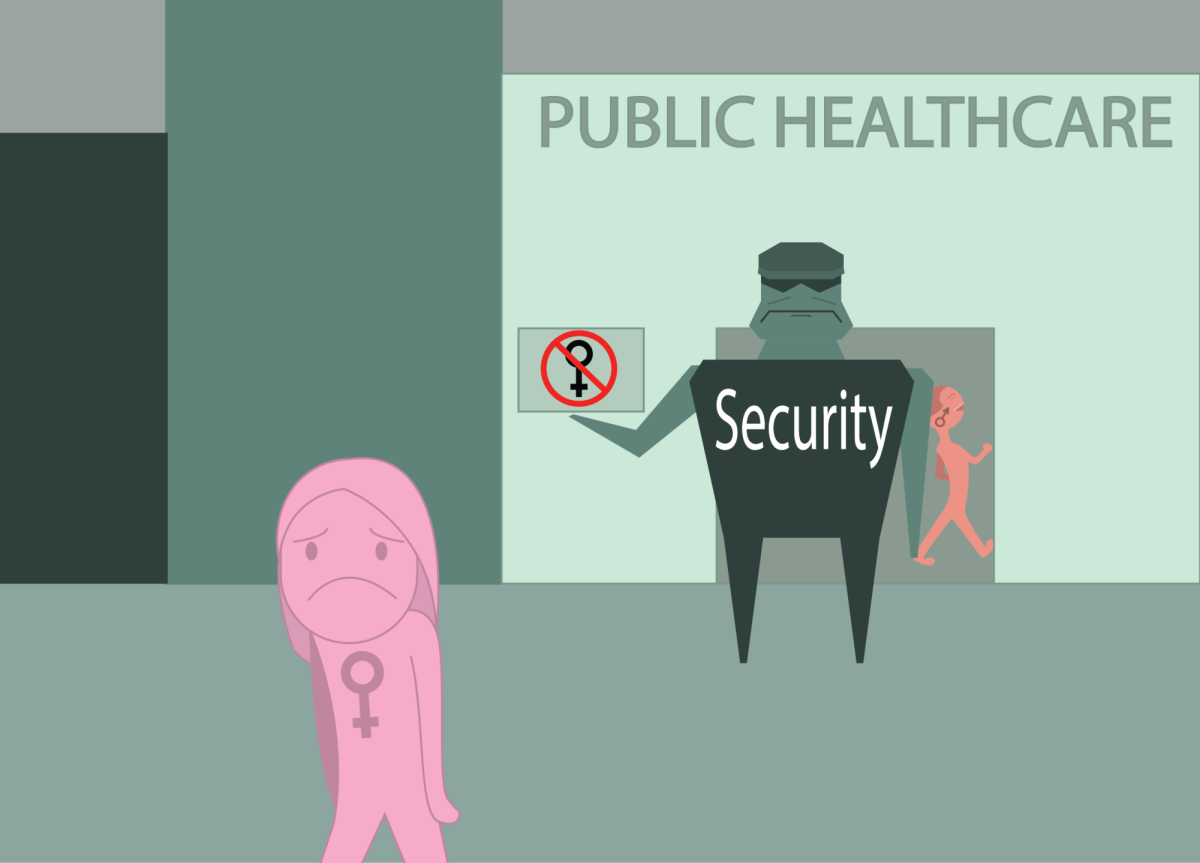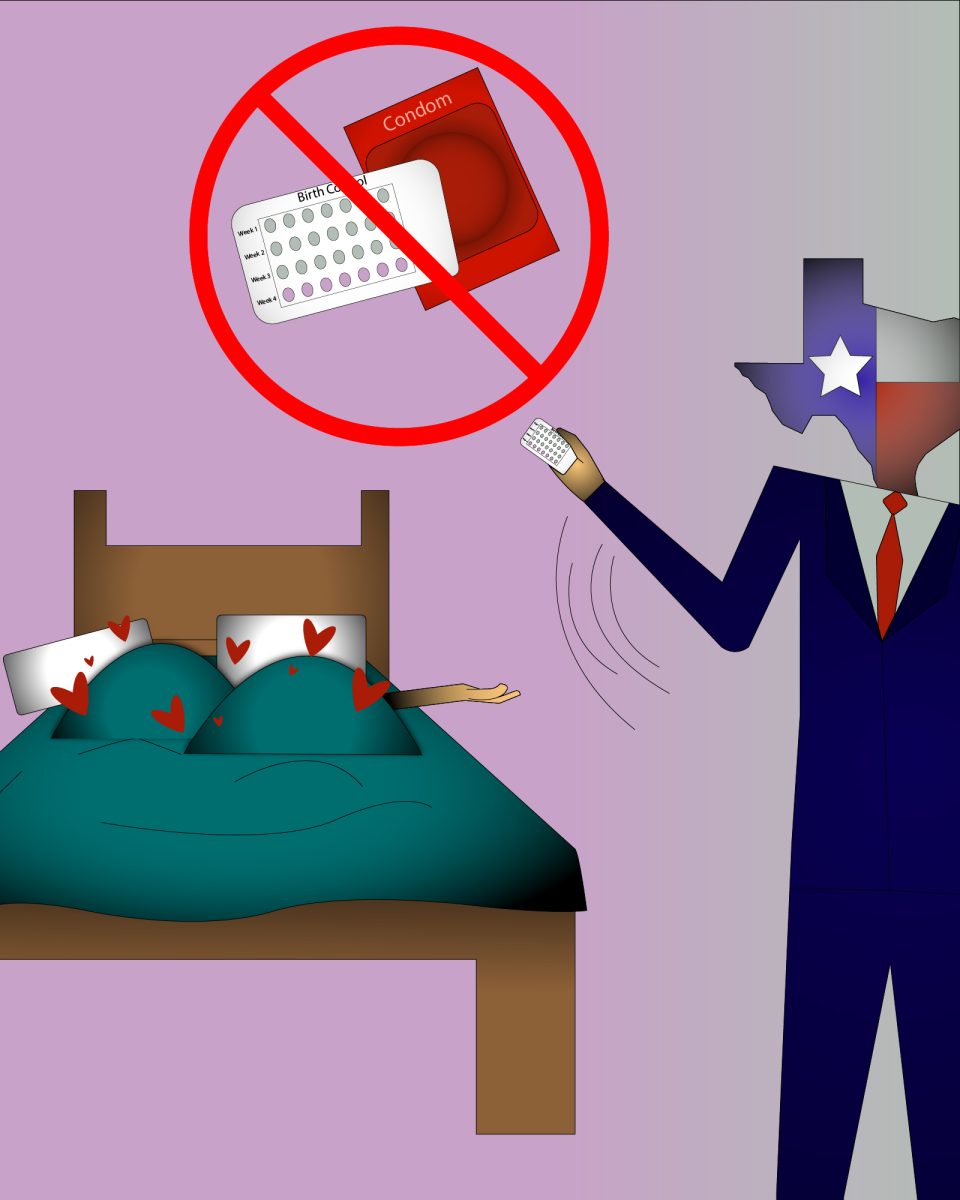Bumper-to-bumper traffic, honking car horns, and displeased drivers are all common along the stretch of Interstate-35 (I-35) that runs through Austin. The Texas Department of Public Transportation (TxDOT) has sponsored a project to expand I-35 aimed at eliminating commuter’s highway headaches. However, the increasing criticism and logistical obstacles standing in the way of the endeavor raises the question of whether this will be an effective solution to the worsening problem of congestion in Austin.
The I-35 Capital Express Central Project includes plans to remove the upper decks and add two increased occupancy lanes going in each direction. TxDOT has also proposed rebuilding east-west, cross-street bridges with pedestrian and bicycle paths for added safety.
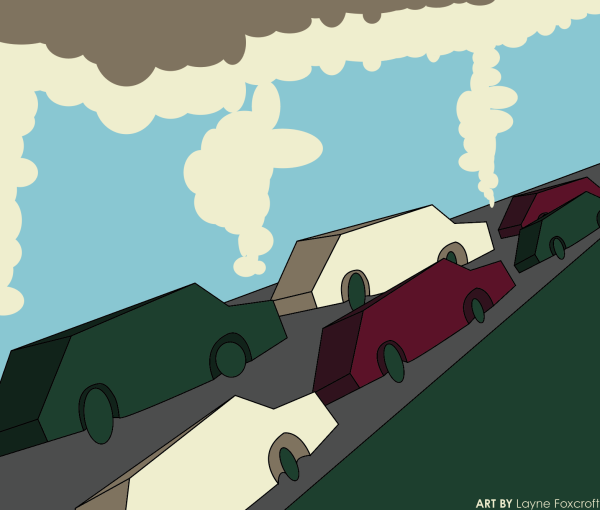
Construction began in late October. However, an increase in the estimated price tag of the project has prompted an Austin City Council vote. Council members will decide by December 12 whether to continue with the original plan or implement a scaled-down, cost-efficient version.
Although the issue of heavy traffic along I-35 should be addressed, the Capital Express Central Project is not an effective solution to this problem. TxDOT should not go forward with expanding the interstate because the harmful consequences of this project would outweigh any benefits.
Expanding I-35 has the potential to cause environmental harm. According to the Center for American Progress, a federal program TxDOT was admitted to in 2014 allows states to take over the Federal Highway Administration’s role of authorizing transportation projects. This means TxDOT had the ability to approve the environmental review which they themselves conducted in order to begin construction.
The results of the evaluation have questionable accuracy considering that TxDOT reported comparable levels of greenhouse gas and pollutant emissions whether or not the expansion is carried out. With added lanes and a growing population, environmental consequences including increased greenhouse gas emissions are likely.
Furthermore, this development involves the displacement of as many as 140 houses and 70 businesses, according to Environment Texas. The establishments impacted would include the Austin Chronicle, an important institution in local journalism, and popular eateries such as Stars Cafe.
This expansion will take a negative toll on the Austin community by forcing individuals and businesses to move. Residents now face the stressful challenge of finding a place to relocate their families, and business owners must consider how moving will affect their accessibility to customers.
Finally, construction plans have raised pedestrian safety concerns. According to Austin Monitor, TxDOT has received input from residents about potential construction oversights. TxDOT has proposed the construction of a “single-point urban interchange” (SPUI). The SPUI is intended to alleviate traffic by controlling all left turns with one traffic signal. However, SPUIs can cause driver confusion and create a wider distance for pedestrians to cross.
TxDOT has suggested that pedestrians cross via tunnels below the SPUI to ensure safety. That said, individuals have voiced concerns about the potential safety risk of walking through these tunnels at night. These oversights indicate TxDOT’s lack of intention to ensure this expansion does not come at the expense of pedestrian safety.
While many argue that the I-35 expansion would reduce traffic congestion, evidence suggests otherwise. According to the Daily Texan, TxDOT attempted a similar project to expand a freeway in Houston in 2008. After widening the highway to 26 lanes, commute times only increased. Unfortunately, more lanes often result in more traffic.
Rather than moving forward with this ambitious plan, the Texas Department of Transportation should allocate more funds to establishing reliable and effective public transportation in Central Texas. Public transportation is significantly more effective at reducing traffic congestion as stated in studies conducted by Transportation for America, and it is a more environmentally conscious solution.
Widening Interstate 35 will not effectively reduce traffic and could have various detrimental impacts on both the environment, and the Austin community. In order to act in the best interest of Austinites, TxDOT should not move forward with construction and instead consider alternate solutions to combat this long standing problem.


